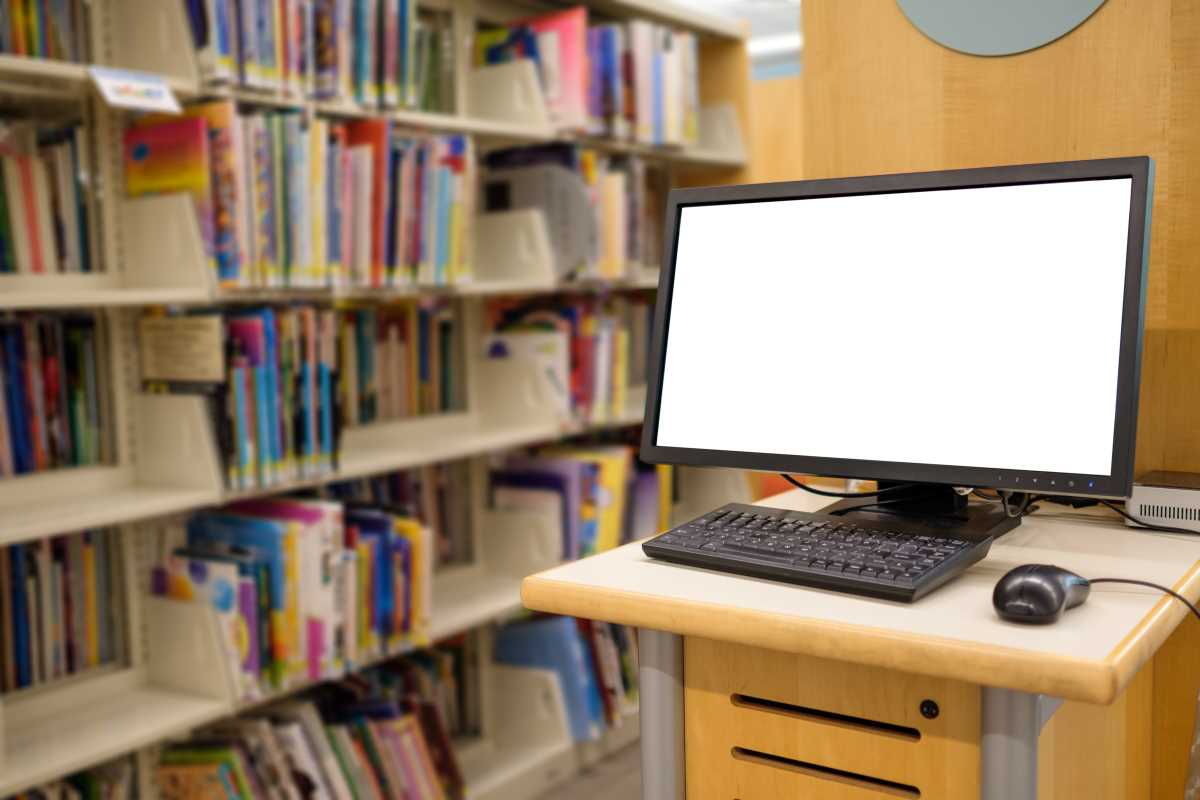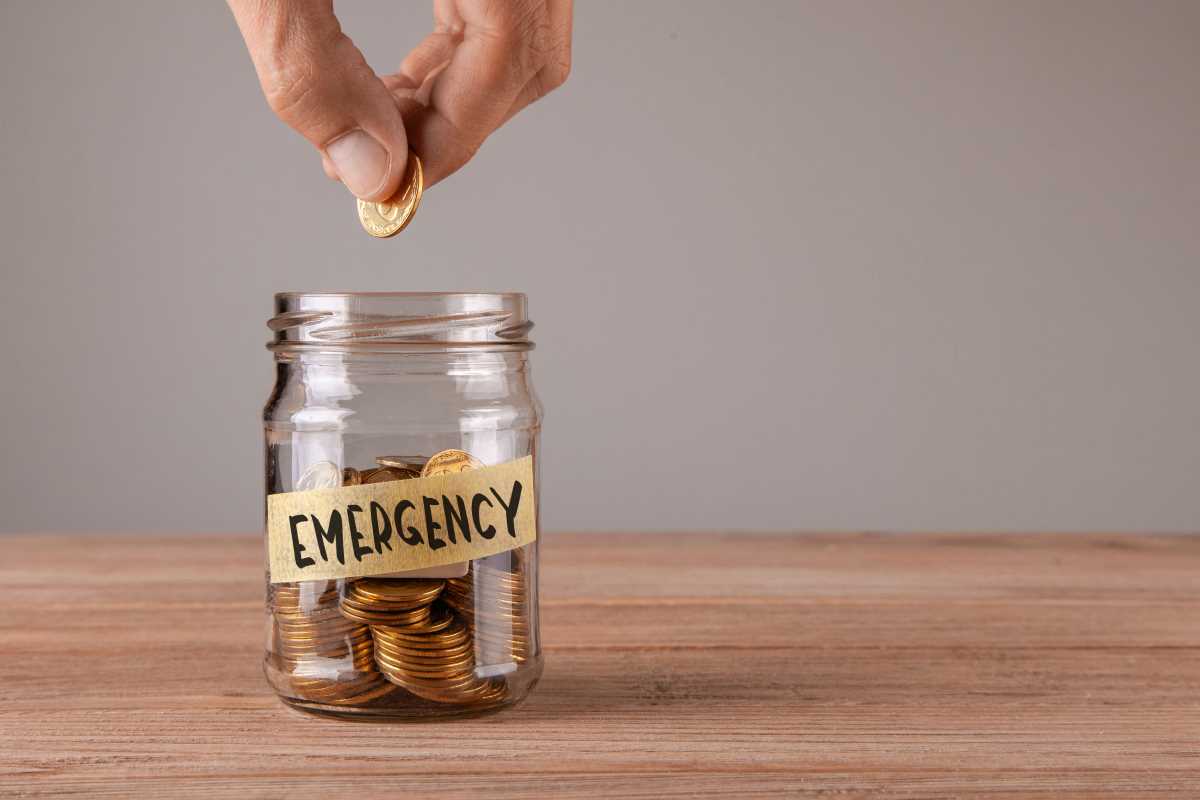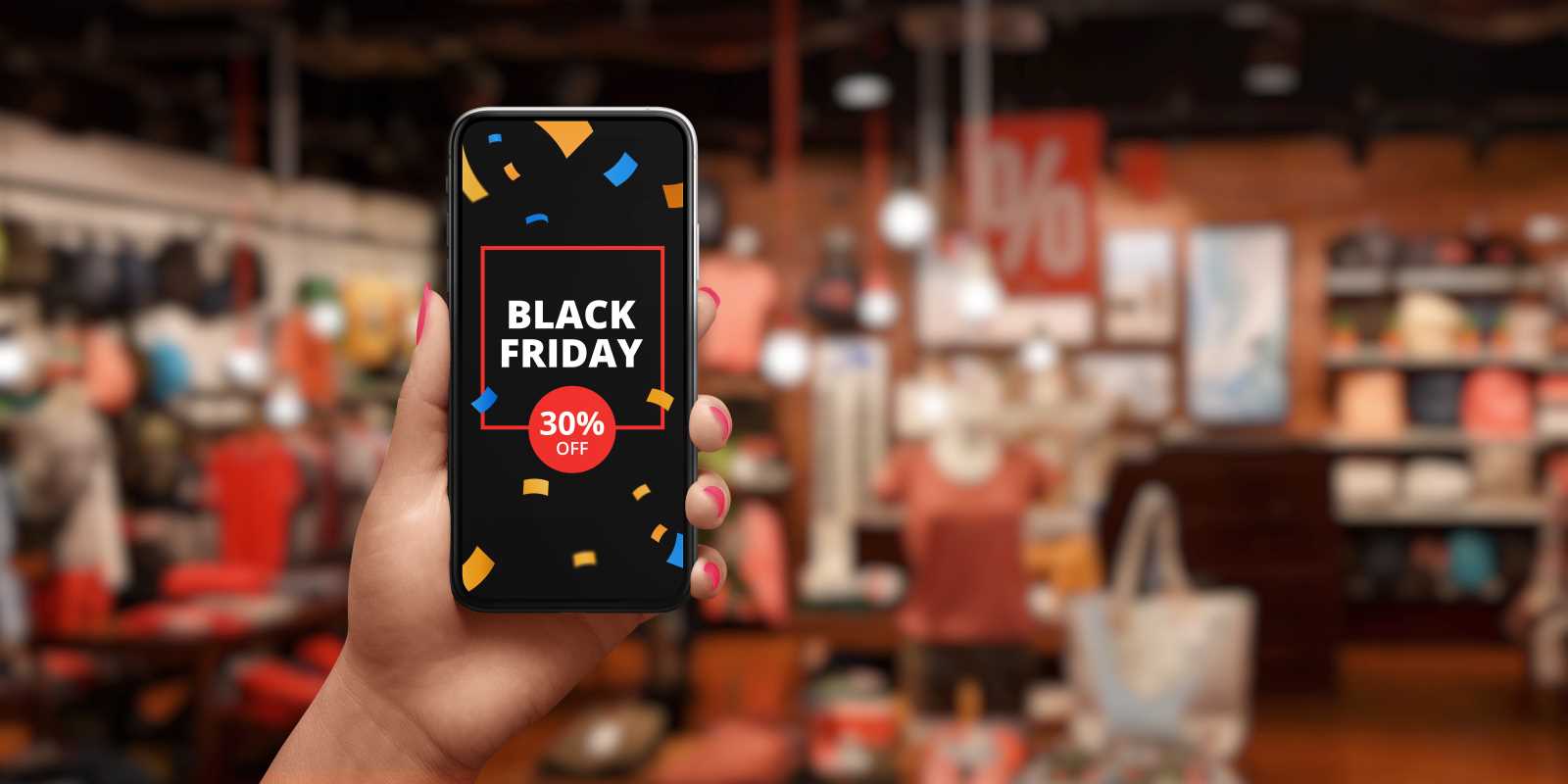Our modern culture constantly pushes us towards ownership, urging us to acquire the latest gadgets, tools, and trendy accessories. We're told that buying is the ultimate goal. This mindset often leads to cluttered homes, strained budgets, and a frustrating accumulation of items we use only once or twice. Think about that specialized kitchen appliance or power tool gathering dust! Fortunately, there's a powerful and simple alternative that can save you thousands of dollars: borrowing. By shifting your perspective from "I need to own this" to "I need to use this," you unlock a world of financial freedom and sustainability. This approach reduces waste, conserves resources, and frees up your money for more meaningful investments. This guide will show you how to borrow effectively, allowing you to access what you need without the significant cost and burden of buying.
Tap Into Your Local Library's Hidden Treasures
Your local library is one of the most powerful money-saving resources in your community, and its offerings extend far beyond just books. Libraries have evolved into community hubs that provide free access to a vast array of items and services.
More Than Just Books
While libraries are still the go-to place for books, e-books, and audiobooks, many have expanded their collections to include things you might never expect.
- Explore the Library of Things: A growing number of libraries now have a "Library of Things." This is a collection of items that patrons can check out just like a book. You can find everything from kitchen appliances like stand mixers and air fryers to musical instruments, board games, and even telescopes.
- Access Digital Resources: Your library card often grants you free access to premium online services. This can include streaming platforms for movies and music, online courses, and digital subscriptions to major newspapers and magazines. These services can easily replace subscriptions that would otherwise cost you hundreds of dollars per year.
- Borrow Tools and Equipment: Some library systems have even started lending out tools, from basic hand tools for small home repairs to larger equipment like pressure washers or sewing machines. Before you buy a tool for a one-time project, always check if your library has it available to borrow.
Embrace the Power of Community Sharing
Your own community is a rich source of items. By connecting with neighbors, friends, and local groups, you can gain access to a wide range of goods without spending a dime. This approach not only saves money but also strengthens community bonds.
Leverage Social Networks and Local Groups
Online platforms have made it easier than ever to connect with people nearby who are willing to share. These groups are built on trust and a shared desire to reduce waste and help one another.
- Join a "Buy Nothing" Group: The Buy Nothing Project is a global movement organized into local social media groups. Members offer items they no longer need for free (gifting) and can also ask to use items from their neighbors. This is an excellent way to use something specific, like a ladder for a weekend project or extra chairs for a party.
- Create Your Own Sharing Circle: You can start a smaller, informal sharing circle with a group of trusted friends or neighbors. Create a group chat where members can post items they are willing to lend and things they need to borrow. This is perfect for sharing items like specialized cooking tools, camping gear, or children's toys that are quickly outgrown.
Utilize Rental Services for Specific Needs
For larger, more expensive, or highly specialized items, renting is a fantastic middle ground. Rental services allow you to pay a small fee to use an item for a specific period. This is ideal for things you need for a short-term project but are too costly or bulky to own.
Renting for Home Improvement and Events
Renting gives you access to professional-grade equipment without the commitment of ownership, maintenance, and storage. You get the benefit of the best tools for the job at a fraction of the cost.
- Tool Rental Centers: Stores like Home Depot and Lowe's have large tool rental departments. You can rent everything from carpet cleaners and floor sanders to heavy-duty landscaping equipment. This is the most cost-effective way to tackle a major DIY project.
- Event and Party Supplies: Instead of buying decorations, tables, or a sound system for a single event, you can rent them from a local party supply store. This saves you money and eliminates the hassle of storing bulky items after the celebration is over.
- Formal Wear and Designer Fashion: Services like Rent the Runway allow you to rent designer dresses, suits, and accessories for a special occasion. This gives you access to a high-end wardrobe for weddings, proms, or formal events without the exorbitant price tag of buying.
Shifting Your Mindset from Ownership to Access
The biggest barrier to embracing borrowing is often a psychological one. Our culture equates ownership with success and security. You can achieve your financial goals more quickly by recognizing that access is often more valuable than ownership.
Focus on the Experience, Not the Object
Think about why you want a particular item. You rarely need the object itself; you need the function it performs or the experience it provides.
- You need a hole, not a drill: This classic example perfectly illustrates the concept. Your goal is to hang a picture, not to own a power drill that will sit in a closet for years. By borrowing a drill, you achieve your goal for free.
- You want to read a story, not own paper: When you buy a book, you are paying for the experience of reading it. Borrowing that same book from the library provides the exact same experience at zero cost.
The Benefits Beyond Savings
While the financial savings are the primary motivation for many, the benefits of extend much further. It reduces clutter in your home, leads to a more sustainable lifestyle by cutting down on consumer waste, and fosters a sense of community. You are participating in a more resourceful and connected way of living.
You have the power to break free from the cycle of constant consumption. Start by identifying one item you planned to buy this month and find a way to borrow it instead.
 (Image via
(Image via





